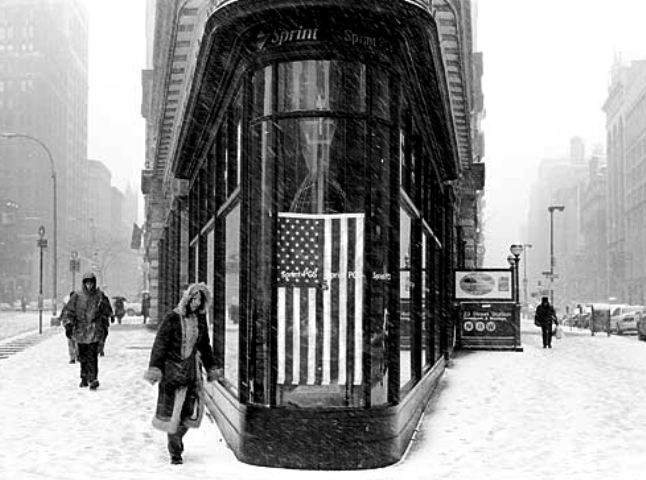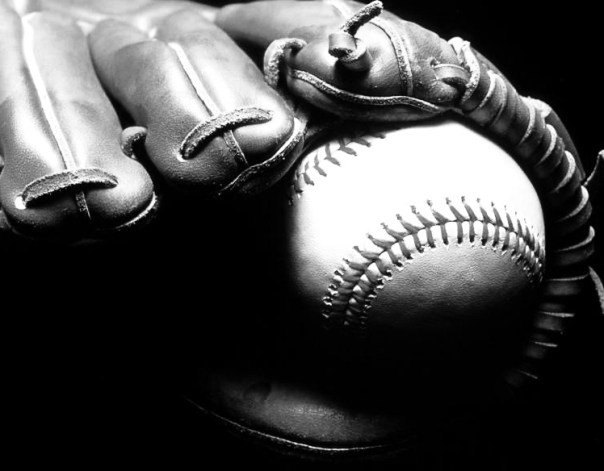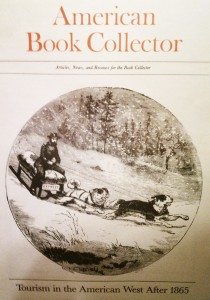Contributed by John Piersol. Thanks John!
Publication Details:
First published in The New Yorker on March 19, 1949. Later collected and published in Nine Stories.
Character List:
Unnamed narrator – A nine year old boy from New York City and member of the Comanche Club, who seems to idolize “The Chief.”
John Gedsudski – “The Chief” of the Comanches, and a law student at NYU.
Mary Hudson – John’s girlfriend, she is very beautiful, athletic and attended Wellesley College.
Summary:
“The Laughing Man” is told by a nine-year-old living in New York City in 1928. He is a member of a Comanche Club troop. The narrator tells the story of his Scout leader, “The Chief,” a young law student at New York University. The Chief is physically unattractive, but the troop seems to hold him in high regard. He is widely respected by his troop for his athletic strength and storytelling ability.
Every day, after the troop has completed its activities, the Chief gathers the boys for the next episode in an ongoing story he tells them about the Laughing Man. The Chief’s story-within-a-story describes The Laughing Man was the child of wealthy missionaries, and was kidnapped by bandits in China. The bandits torture left him with a grotesquely deformed face and he was shunned and obliged to wear a sheer red mask made of poppy petals. Despite this deformity, the laughing man was possessed of the ability to outsmart the bandits and eventually kept them captive in a mausoleum. Through acts of artifice and bravery, the laughing man amassed a fortune and lived with four companions, a wolf, a dwarf, a giant and a lovely Eurasian girl. The narrator summarizes the Chief’s installments of The Laughing Man’s escapades, presenting him as a sort of hero crossing “the Chinese-Paris” border to commit acts of heroic larceny and tweaking his nose at his archenemy “Marcel Dufarge, the internationally famous detective and witty consumptive.” (90)
When The Chief begins seeing a beautiful young woman, Mary Hudson, a student who attended Wellesley College, Mary begins to join the all boys group. Unwilling to break the aura of machismo he has built up with his troop, the Chief introduces her into the boys’ baseball games as an “associate coach.”
One day the Chief presents an installment where the laughing man is taken prisoner by his arch-rival, and through deception and betrayal, bound to a tree and in mortal danger. Immediately after, the Chief brings the troop to a baseball field. Mary Hudson arrives. The Chief and Mary have a conversation out of earshot of the boys, and both are obviously upset. Why John and Mary are distraught is ambiguous, as their conversation occurs away from the story’s narrator. However, Salinger gives some subtle hints in the form of baby carriages, including one the narrator nearly trips over.
In the final installment of his Laughing Man story, the Chief brutally kills off the character and the narrator returns home, evidently disturbed by the story and the anxieties he feels about the chief’s relationship.



